It seems like just a few years ago that the only quality wine makers using the screwcap (or Stelvin) were either in New Zealand or named Randall Grahm. They're now practically everywhere as people are finally starting to realize that there may be a better way to seal wine bottles than with 17th century technology. Thankfully the Stelvin seems to be winning out over those horrible plastic corks but several other alternatives are now competing to become the new standard. Let's take look at the major contenders today: the Stelvin as well as the Zork, Vino-Lok and Crown Cap. Since the jury is still out on how well wines can age in these new (and old) fangled devices, we'll be assessing them mainly on their aesthetic appeal.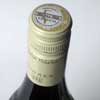
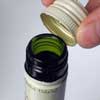
Stelvin
While the cork is 17th century technology, the screwcap is from the 19th century. Patented by Dan Rylands in the UK in 1889 it found its first practical use on whiskey bottles, replacing the corks there as well. In the 1950's the Stelvin cap that we know today was developed in France specifically as a wine bottle closure and is still a registered trademark of French manufacturer Pechiney. Originally used only for the cheapest wines, a stigma developed that has only recently been broken. The Stelvin here seals a 2005 Torres Vina Sol, the kind of clean young refreshing and inexpensive wine you'd expect to find under a screwcap. Stelvins still seem very casual compared with the ritual of the corkscrew so if you want to add a bit of ceremony take a look at this odd movie - Vive La Screwcap - brought to you by Bonny Doon Vineyards. (Note: Vina Sol is the easiest way I know of to try the featherweight and reasonably obscure Paredella grape variety) Overall assessment: Quick, clean, no frills Zork 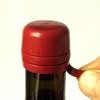
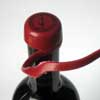

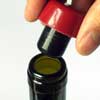
The Zork is a thoroughly modern wine closure. Developed in 2002 in Adelaide, Australia, the Zork is an attempt to retain the rituals of uncorking without the drawbacks of cork. A small plastic sealing ribbon is twisted off and the cap is then pulled out with an audiple “pop.” It seems to be made of the same material other plastic corks but since it's pulled out by hand it won't get stuck to your corkscrew like a big wad of gum. The 2003 d'Arenberg Cadenzia that this Zork seals is also a thoroughly modern creation. Silky smooth but with refreshing acidity, buttery vanilla, blackberries and a smoky BBQ somewhere in the background, it's a virtual meal in a bottle. Wearing a Star Trek outfit during the tasting would have neatly completed the picture. Overall assessment: A good update on the original process of popping a cork. Vino-Lok 
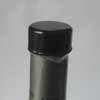

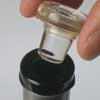
Glass stoppers are actually as old a method as cork for sealing a bottle, but lost out due to practical reasons. To get a tight seal requires a high degree of precision so stoppers had to be custom ground. A perfectly ground stopper could then be impossible to remove making the whole effort futile. The Vino-Lok recently developed by Alcoa brings back this traditional closure with an update: the seal is now formed by a small clear soft ring integral to the stopper. It's easily the most elegant looking closure and like the Zork, there's also a ritual to opening it. A plastic wrapping is removed revealing an aluminum cover which is then twisted off to reveal the shiny glass stopper. The only disappointing part is in the actual dislodging. Instead of a pop, the stopper opens with a fairly disconcerting click. It almost sounds like something broke but when the slight panic recedes, in hand is a very stylish piece of moulded glass. I expected the wine to be equally stylish and clean, but -- irony of ironies -- it had a slight brett infection. The sweaty saddle notes just didn't quite fit. It was if a supermodel had just farted. Worse yet, the 2004 Salomon-Undhof Kremstal Riesling also had a predominant aroma of gooseberries and grass, almost textbook Sauvignon Blanc and less than impressive for an Austrian Riesling. Overall assessment: a very elegant closure even if the wine wasn't. Crown Cap 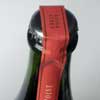

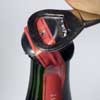
Originally know as the Crown Cork, it was invented by William Painter in Baltimore 1891, 2 years behind the screw cap. Wait a minute that's a bottle cap! Just how cheap can you get? Actually it's the way all Champagne (and traditionally made sparkling wine) bottles are sealed throughout the wine making process. The crown caps are removed during dégorgement (removal of sediment) and replaced with corks, wire muzzles and foil before dispatch. So yes, P. Diddy, your bottle of Krug once donned a crown cap. Yo! It certainly lacks the theatre involved in popping a Champagne cork but ironically makes the whole experience more serious. Read: this is a wine to be consumed and not sprayed in the locker room or Grand Prix winner's circle! No doubt, the 2002 Green Point Vintage Brut Rosé tasted here was certainly in character. Made by Moet and Chandon in Victoria, Australia it's a serious bubbly with a fine mousse and aromas of biscuits , flowers and strawberries. Very dry and very good. Overall Assessment: Interesting, but not fun. Of course you can still saber it off if necessary! Conclusion: 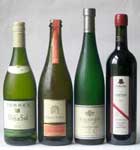 We'll have to wait and see how the different closure types will be accepted. Since it's not the kind of standard like competing DVD encoding technologies that require buying a different player to work, I can imagine we'll start to a lot of different wine enclosures in the next couple of years. I particularly liked the elegance of the Vino-Lok but also found the Zork with the 'ol cork pop still intact very appealing. Poll:
We'll have to wait and see how the different closure types will be accepted. Since it's not the kind of standard like competing DVD encoding technologies that require buying a different player to work, I can imagine we'll start to a lot of different wine enclosures in the next couple of years. I particularly liked the elegance of the Vino-Lok but also found the Zork with the 'ol cork pop still intact very appealing. Poll:
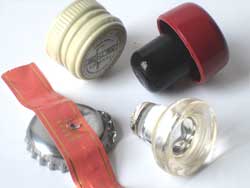

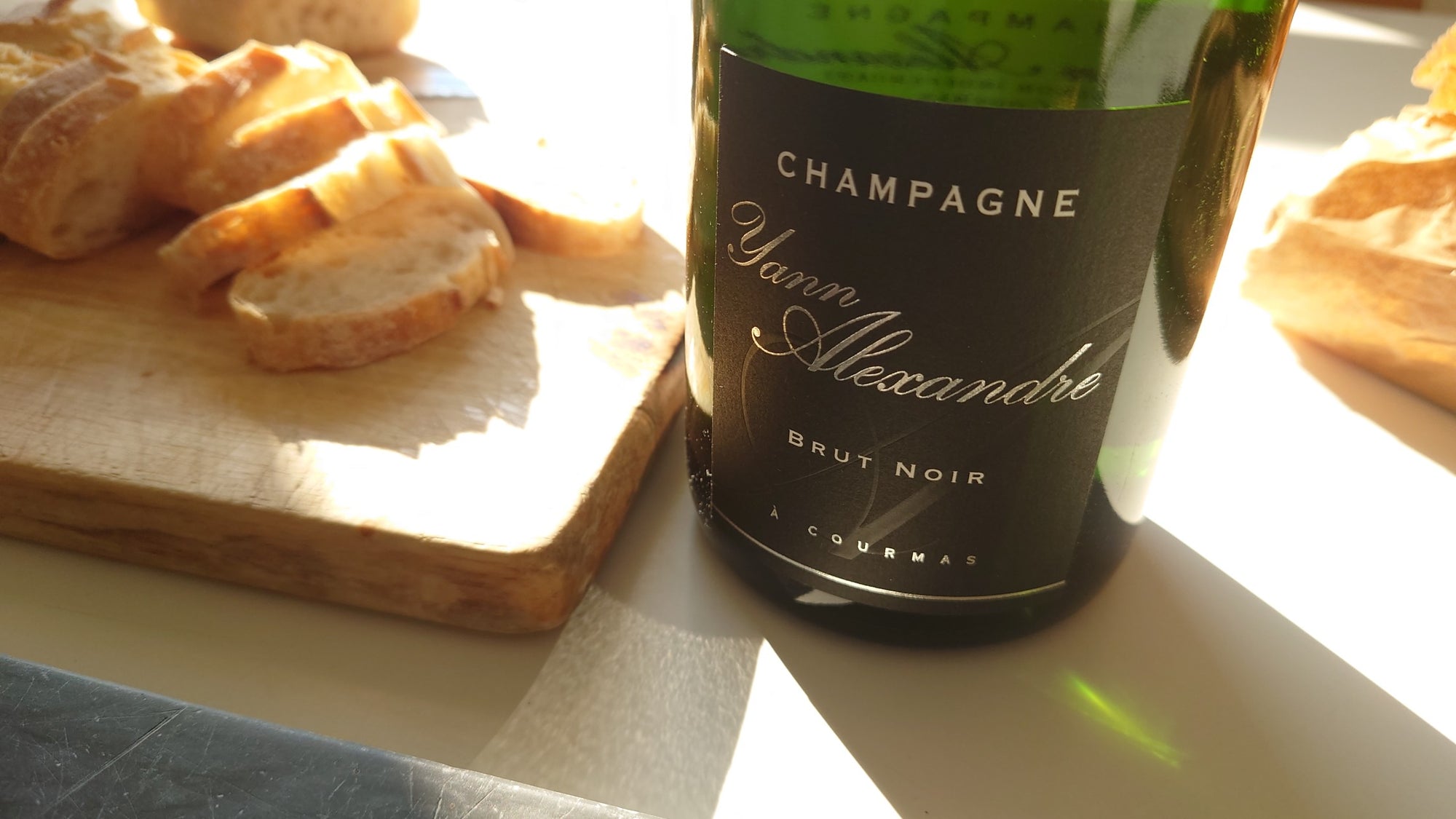
Comments
Steve,
Nice pictures and neat summary of the various closures.
There is one that should get a look in as well – the DIAM cork. Made from real cork but fragmented and reconstituted and treated. It is freee of cork taint and provides a perfect seal all the time.
I’m going a bit off topic but it caught my eye…
Don’t you just love that Viña Sol from Torres, and its red counterpart Sangre de Toro? Rock bottom pricepoints and each one such a refreshing expression, reliable year in and year out. I’d been thinking that it had been me and my friends’ little secret. Happy to be wrong on that one.
For closure, I must say that in Quebec they are… 100% natural-cork-stoppered, complete with dangling plastic bull figurines under the capsule.
Great rundown on closures from the winery. How about a similar comparison for those of us forunate enough to be married to teetotaler designated drivers?
Nice article, interesting too. Personally, I just can’t get excited about a screw cap on a bottle of wine. Aesthetically I loved the Vino-Lok but I would be just as happy to find my wine sealed with a Zork (catchy little name). Whatever the case I am pleased to see options and I am very pleased that these options might replace the dreaded plastic cork.
Hi,
I tried to vote, but it said I was stuffing the ballot. I have not voted before so not sure why it’s giving me that message.
Thanks,
Darin
Again an article which is both informative and a pleasure to read. Congratulations, Steve! I’d love to cast a vote but (you know the Dutch are always keen on value-for-money), I’d like te see the prices of the stoppers mentioned. There’s not much point in stoppers that significantly add to the cost of the wine, is there! Anyway, as a general preference: I favour any closure that goes into the botle and requires some kind of handling. Stelvin and the crown cork have there own applications (whisky, sherry etc. and beer and soy sause, respectively) but TMHO they aren’t fit for a fine product like wine. Opening the bottle with a little ceremony is a significant part of the pleasure!
Hope to see some price info soon…..keep up the good work and best regards from the other side of the Atlantic!
It looks like the debate has been settled… http://www.virtualwine.co.uk/virtualwineblog/?p=139
Hi Edward, the DIAM cork is definitely an improvement on the plastic cork but can they do the same anti-TCA treatment on solid cork? There’s something about the reconstituted cork that is a little less than satisfying like the difference between solid wood furniture and laminated particle board furniture.
Hi Marcus, I’ve always had a soft spot for Vina Sol but saw an uglier side this time. It was completely wrecked the next day even though it was kept in the fridge and solidly Stelvined. Somehow the acids came unhinged from the wine and became sour and unpleasantly tingly in the mouth. They must be adding a ton of tartaric acid to keep it refreshing. Conclusion: great for a party but don’t let it sleep over.
Hi Kelly, I’m happy to hear that you married your chauffeur.
Thanks JBG, I have to admit that screwcaps don’t exactly get my heart pounding as well. But maybe you should take a look at Vive La Screwcap
Hi Darin, it’s probably because you are at the same IP address as someone whose already voted. Unfortunately the draconian security on our poll doesn’t allow duplicate votes from the same IP meaning only one vote per home or per office. If you’re really desperate, please try to vote somewhere else. I know it’s frustrating because I’ve been trying to stuff the ballot box like a banana republic dictator but without satisfaction.
Thanks, Huib. I would imagine that on a relative scale, in descending order of cost it would be: Vino-Lok, Zork, Stelvin and Crown Cap. This is only taking into account the complexitity of each apparatus. Of course once something gets popularized and produced in huge quantities the cost plumments, so the exact cost now may not be completely relavent. Zork and Alcoa (Vino-Lok) may also be selling them at a loss in order to grab market share, making it even more difficult to get a handle on costs. I agree about the ceremony of opening a bottle. There’s definitely something reassuringly old-fashioned about it.
Thanks WG, that must be the most scientifically precise test I have ever seen. I guess it’s settled. I’ll stop writing now.
An interesting round of comments from a great article. I’d like to compare it to a dripping tap – if the plumber has fitted an incorrect washer, the tap will always drip. There is nothing worse than ‘the drip torture’ in the middle of a cold night. Similarly, there is nothing worse than opening a bottle of wine that is tainted unnecessarily (because the manufacturer has been misled by the quality of the cork he has purchased). The future of many cellars lies in screw cap security – we will have to wait a little longer but thats part of the fun and satisfaction of knowing your wine will be sound!
Steve,
The process used for Diam relies in part on the cork being broken down into little particles. (I think. . .).
Diam is growing in acceptance in Australia. There is a growing list of premium wines sealed with it.
I like them (Diam), but agree they are not as asthetically pleasing as a long cork in beautiful condition. It is growing in acceptance in Australia. The screwcap is really taking over though – I’d estimate it has over 60% of the market (from my survey of new releases and bottle shop offerings.) Even some of Australia’s premium producers (eg Cape Mentelle) will go 100% screwcap for all wines, including their flag ship top level wines.
Natural cork is well and truly on the way out in Australia.
The Zork – has not taken off and I don’t think it will be used much in the future.